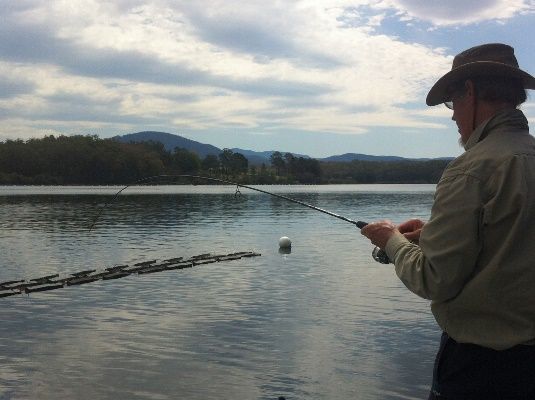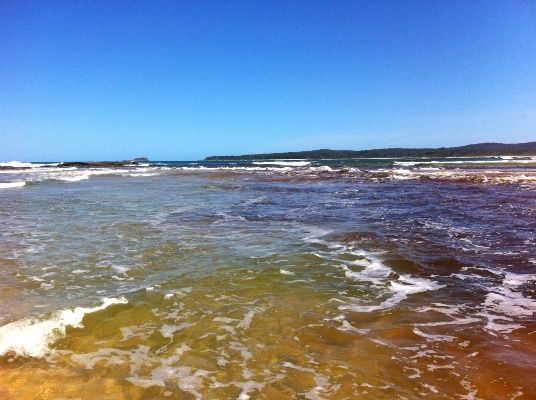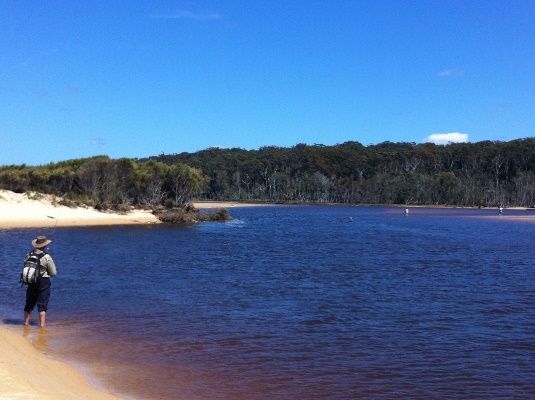Latest News
What a difference a week can make
Thursday, 23 October 2014
They say a week is a long time in politics. But how about in fishing?
This time last week fellow columnist Anthony Stokman described how the flathead are on the bite, the bream are on the move and the estuary perch are returning to the snags, rock walls and holes.
Since then though, a lot has changed. The Australian Wallabies nearly beat the All Blacks in the rugby for example. And while many anglers looked forward to some time on the crystal clear South Coast water last weekend, some ferocious rain during the week quickly changed that. The lakes and estuaries were coffee coloured and full to bursting with freshwater, most spilling out onto nearby beaches. Many South Coast towns reported 100 to 200mm of rain in a single day with Narooma experiencing extensive flooding.
While there can be some good fishing in this situation, it seems to be hit and miss. Estuary fish are notoriously hard to catch on lures in the brown water. As vast amounts of fresh water quite literally push all of the fish towards the mouth of a lake or river, Johnny (aka Johnny-on-the-spot) can do very well if he or she is in the right place, typically where the fresh and saltwater meet. Predatory fish drawn to the activity sit here under the cover of murky water and feed up.
At Durras Lake last weekend there were a few small bream, whiting and mullet taken on bait, but larger fish and flathead were noticeably absent. This was particularly evident during the run-out tide as freshwater dominated the system. As the tide pushed in however, things started to improve and as high tide loomed, clear salty water forced the freshwater back in a distinct line. The meeting point was conveniently between the boat ramp and the caravan park, offering a handful of nice sized flathead and small tailor to both land-based and boating anglers.
It was a similar story on the Clyde River. While there were a few fish caught, bait fishing seemed to account for more than lures. But as the tide rose, fish started moving with it into the shallows in the lower reaches. Around big island there were a few bream, including one big fish that crunched a Gomoku popper before taking it as a souvenir into a nearby oyster rack. If any of the Clyde river oyster farmers read this and finds a prawn-sized popper, transparent with an orange head, can I have it back please? This little lure is fast becoming a favourite for whiting and bream up and down the coast.
Focussing our casts around the oyster racks for bream, dad hooked a beautiful big flathead in the 80-90cm range. After surfacing once to reveal her full extent, she took off on a spirited run that light bream gear was unable to stop. She swam under a nearby rope, the line snapped and she was gone. “Oh well, we would have let her go again anyway” he said.
So while there was the odd moment of excitement, the bites on lures after the flooding rains were few and far between. Bait fishing was more productive. As a keen lure fisherman, I’m looking forward to when the water clears, which of course it will with each passing day and each cycle of the tide. The flathead will become more active and easier to find again, the bream will be on the hunt along with the estuary perch. The system will return to its normal spring patterns - until the next time it floods. Maybe by then the Wallabies will finally manage to beat the All Blacks in rugby?
Graham Fifield
www.flickandflyjournal.com





